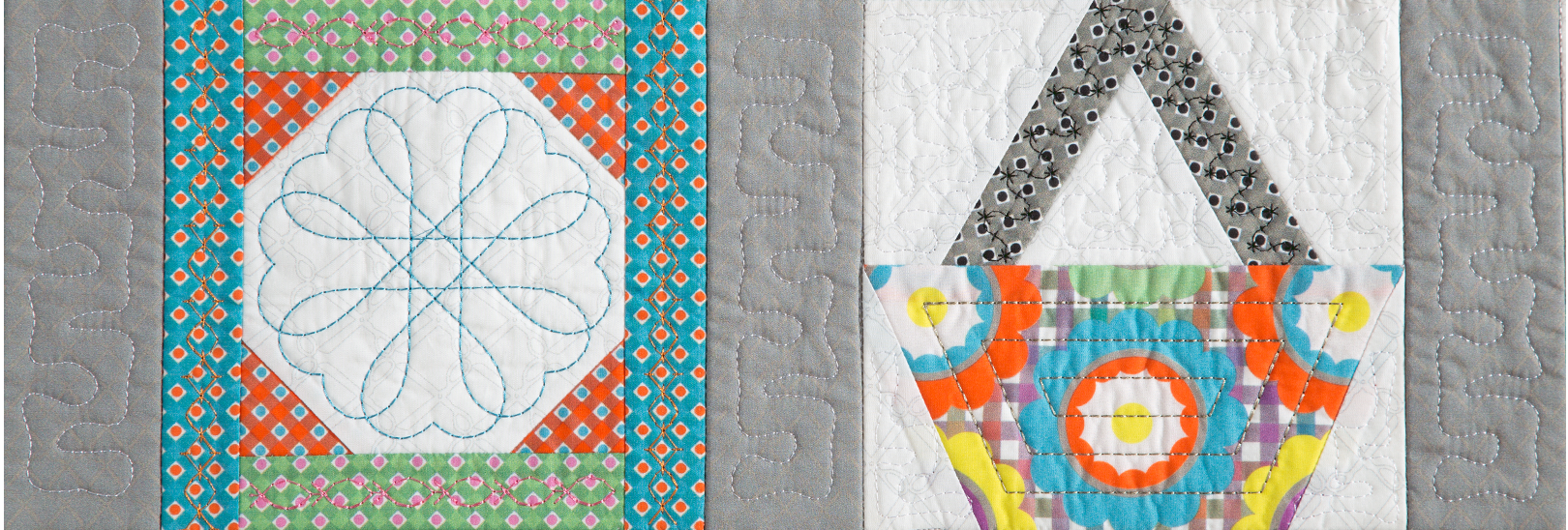Let’s face it, embroidering skin tones can be challenging; however, with the right color of threads, the task becomes easier. Exquisite Skin Tone Thread Assortment is a 12 pack of spools in realistic skin tones. The hand-selected colors are ideal for all types of skin tone embroidery including color blending, shading, and highlights.
Let’s learn how to blend, highlight and outline beautiful faces with this beautiful assortment of skin tones. We are going to be using Perfect Embroidery Professional Software and photo of a wooden figure. First, bring in your photo onto the design page. Next, we want to build our thread palette. Replace the colors in the thread bar with the colors from the Exquisite Skin Tone Thread Assortment.
Another tip is to create a thread chart with complex fill squares and the number of the thread above to stitch out. This allows you to see and touch the threads. Listen in as Eileen Roche and Roy Garland share how to build a thread palette and create a thread chart in Perfect Embroidery Professional Software.
Here are three tips for blending –
- Change the density from .42 to around .90 for the top color. This will bring the stitches out, so the dark colors show through the light color on top.
- Turn the underlay off. You don’t want to see threads running through.
- Make the stitch angle on both the bottom (dark color) and the top (light color) both going in the same direction.
Speaking of stitch angle, it will probably need to be changed to create highlight and shadow effects. The angle will go into the direction of the figure itself.
If you use the auto digitizing wizard, it will create one shape. It might be better, to digitize the sections individually so you can change the angles or direction of the stitches. You want the light in the room to reflect off the stitches.
Digitizing individual sections is a logic puzzle. Look at the enter and exit points. Sometimes a simple run stitch will help to eliminate jumps and trims. This is pathing, the direction of where to go next, and eliminating unnecessary jumps and trims. One way to figure out the pathing of a project is to print out a photo of the item and draw arrows for the direction of the stitching.
The last thing to keep in mind is to prepare for stitching out samples of your creations. If the coloring or angles are quite right, then make notes and adjust in the software. Stitch it out again and repeat until you are satisfied with the results. To view the step-by-step tutorial on digitizing skin tones, watch Eileen Roche and Roy Garland on Facebook Live from February 17, 2022. Enjoy!




